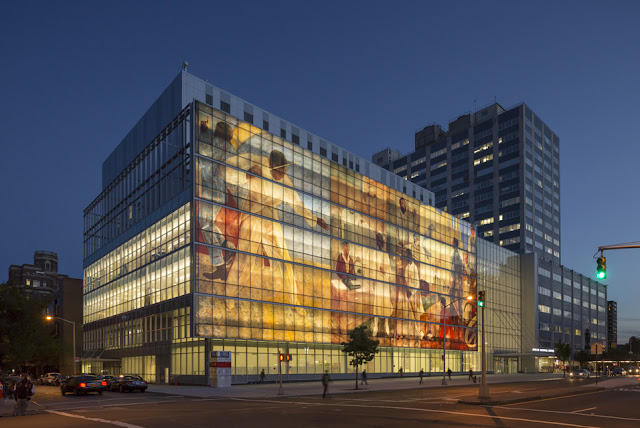South American artist, Trunk Decorated with Spanish Colonial Paintings, 18th century. Oil on canvas over wood, 20 x 38 x. 21 in. Roberta and Richard Huber Collection. Photograph by Graydon Wood, Philadelphia Museum of Art.
Featuring more than 100 paintings, sculptures in wood and silver, ivories, and other decorative arts, “Highest Heaven: Spanish and Portuguese Colonial Art from the Roberta and Richard Huber Collection” examines the many intersections between culture and faith in the high plains of South America in the 17th and 18th centuries. Drawn exclusively from the distinguished collection of Roberta and Richard Huber, the exhibition highlights the role of art as a medium of creative expression and cultural exchange between European powers and South American lands. Organized by the San Antonio Museum of Art, “Highest Heaven” is on view at the Crocker Art Museum from Oct. 23, 2016 to Jan. 22, 2017.
The exhibition is composed of articles of faith and civic life that adorned churches and private dwellings in colonial South America, most of which had an explicit devotional function or incorporated religious symbols. The grandeur of forms and materials — rich expanses of red, gold and silver as well as brightly-colored canvas — emphasize the impact of faith in a time of social transition and interaction between native and European populations.
“With its wealth of visual history from cultures stretching from Argentina to Peru, ‘Highest Heaven’ will be a revelation to those who see it,” says Crocker curator William Breazeale. “Such a splendid exhibition will inspire our broad and diverse audience in some of the same ways these objects inspired their South American viewers so long ago.”
In the exhibition are fashionable paintings such as the “Portrait of the Countess of Monteblanco and Montemar,” attributed to the Peruvian painter Cristobal Lozano. A member of élite Peruvian society, the countess addresses the viewer with a steady, knowing gaze framed by her finery of flowered silks and lace. Her jewelry in finely worked silver and gold, the sources of Peru's wealth, adds to the portrait's splendor. A more humble, human image is the 18th-century Bolivian version of the Holy Family on its “Rest on the Flight into Egypt,” which portrays Joseph hugging the lively Christ child while Mary washes diapers, all surrounded by a rich South American landscape populated by native animals.
Organized thematically, the exhibition is co-curated by William Keyse Rudolph, Mellon Chief Curator and Marie and Hugh Halff Curator of American Art; and Marion J. Oettinger Jr., Curator of Latin American Art at the San Antonio Museum of Art. It will travel to the Worcester Art Museum in March 2017.
The exhibition is composed of articles of faith and civic life that adorned churches and private dwellings in colonial South America, most of which had an explicit devotional function or incorporated religious symbols. The grandeur of forms and materials — rich expanses of red, gold and silver as well as brightly-colored canvas — emphasize the impact of faith in a time of social transition and interaction between native and European populations.
“With its wealth of visual history from cultures stretching from Argentina to Peru, ‘Highest Heaven’ will be a revelation to those who see it,” says Crocker curator William Breazeale. “Such a splendid exhibition will inspire our broad and diverse audience in some of the same ways these objects inspired their South American viewers so long ago.”
In the exhibition are fashionable paintings such as the “Portrait of the Countess of Monteblanco and Montemar,” attributed to the Peruvian painter Cristobal Lozano. A member of élite Peruvian society, the countess addresses the viewer with a steady, knowing gaze framed by her finery of flowered silks and lace. Her jewelry in finely worked silver and gold, the sources of Peru's wealth, adds to the portrait's splendor. A more humble, human image is the 18th-century Bolivian version of the Holy Family on its “Rest on the Flight into Egypt,” which portrays Joseph hugging the lively Christ child while Mary washes diapers, all surrounded by a rich South American landscape populated by native animals.
Organized thematically, the exhibition is co-curated by William Keyse Rudolph, Mellon Chief Curator and Marie and Hugh Halff Curator of American Art; and Marion J. Oettinger Jr., Curator of Latin American Art at the San Antonio Museum of Art. It will travel to the Worcester Art Museum in March 2017.





